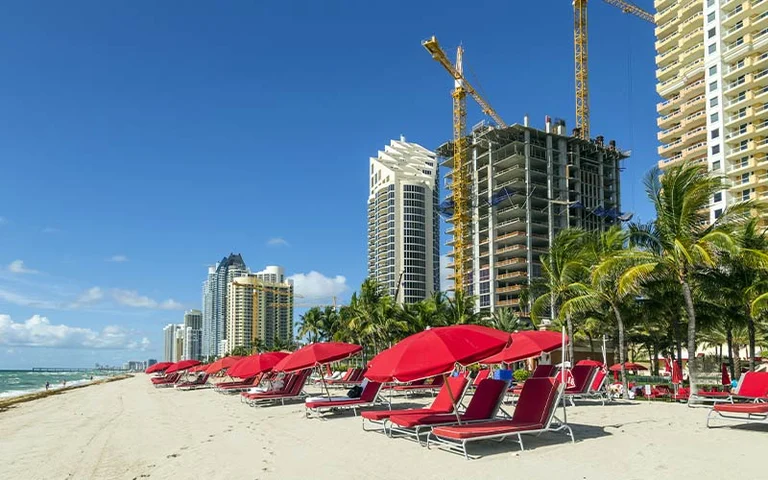Urban planning is a process that seeks to design and organize the development of urban areas in an efficient, equitable, and sustainable manner. It involves the identification and analysis of the needs of a city like Miami, as well as the formulation of strategies and policies for its economic, social, and physical development.
It is also made up of a set of technical and regulatory instruments that are drafted to order the use of land and regulate construction in a city.
Urban planning is critical because it helps avoid problems such as traffic congestion, homelessness, environmental degradation, and urban segregation. It also makes it possible to create adequate public spaces, promote sustainable transport, preserve cultural heritage and encourage citizen participation in decision-making.
Below we show you the main components of urban planning in Miami, as well as the opportunities they offer to people interested in investing.
- Learn more: The ABCs of Investment Strategies in Miami
Main Components of Urban Planning in Miami
In the case of Miami, some of the most commonly used components in this planning are:
1. Zoning
It defines areas of the city for different uses, such as residential, commercial, industrial, or recreational. This helps to avoid the improper mixing of activities and protect the socio-cultural environment of the neighborhoods.
2. Building Codes
They set the technical standards for building construction in terms of safety, accessibility, energy efficiency, and architectural design. This ensures that the structures are reliable and meet quality standards.
3. Land Use Plans
They set the long-term vision for development by identifying specific areas for urban sprawl, environmental protection, parks, and public spaces. These plans guide decisions about investments and infrastructure development.
4. Development Ordinances
They regulate aspects such as the size and height of buildings, population density, urban design, parking requirements, and environmental protection. They contribute to maintaining a coherent and sustainable urban environment.
Urban Planning Opportunities for Investment

These technical and regulatory instruments provide opportunities for people interested in investing (they are ideal for a tax resident), as they clearly set out the conditions and restrictions for investments in the city, especially in the real estate sector.
In addition, by complying with established regulations, investors ensure that their investment complies with local legislation. Some examples of these investment opportunities are: buying properties in Miami, investing in dollars for the development of construction projects, acquiring homes in the United States, among others.
Likewise, through the use of these instruments, functional rules are established that contribute to a balanced and attractive urban environment for residents and visitors.
In conclusion, Miami, with its dynamic real estate market, modern urban planning legislation, and continuous development of its infrastructure, represents a city full of opportunities for various types of investments. Moreover, by combining sound urban planning with a long-term vision, the city has the potential to provide favorable returns to those who wish to invest in the growth and development of this thriving metropolis.
References
Pure Architecture. (n.d.). Urban planning or urban planning. https://www.arquitecturapura.com/urbanismo/planificacion-urbana-4180/
Decopolis. (2022). What is sustainable urban planning? Urban planning projects. https://decopolis.com/actualidad/planificacion-urbana-sostenible/
Ingartek Consulting. (2023). Factors influencing urban planning. https://www.ingartek.com/es/factores-que-influyen-en-la-planificacion-urbana/
Miami Plan 21. (n.d.). Miami 21 En Español. http://www.miami21.org/Miami21_EnEspanol.asp
